Common Star Chestnut Tree
- November 14, 2024
- 0 comment
The Common Star Chestnut Tree, scientifically known as Sterculia rogersii, is a unique and ecologically significant tree native to southern Africa. This tree is admired for its resilience in arid environments and its crucial role in supporting biodiversity.
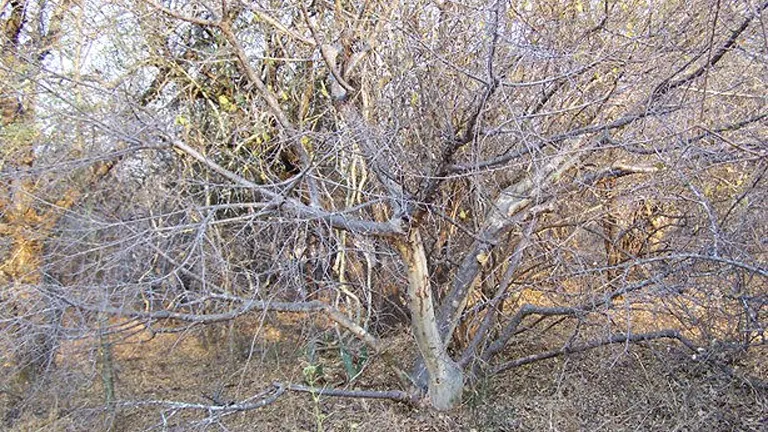
As a member of the Sterculiaceae family, the Common Star Chestnut Tree contributes to local ecosystems by providing shelter, food, and even improving soil quality. Its presence is a marker of biodiversity, supporting a web of life that includes insects, birds, and other animals that rely on it for survival.
What Is a Common Star Chestnut Tree?
The Common Star Chestnut Tree, or Sterculia rogersii, is a flowering tree belonging to the Sterculiaceae family. Known for its hardy nature, it is well-suited to dry, rocky environments. This tree has several distinctive features:
- Leaves: The leaves of the Common Star Chestnut are large, lobed, and can vary from green to grey-green. They have a leathery texture, which helps reduce water loss in hot conditions.
- Bark: Its bark is typically smooth and pale, often grey or light brown, and can peel off in strips, which is an adaptation for managing intense sunlight.
- Flowers: The tree produces small, star-shaped flowers that give it the “star” name. These blooms attract a variety of pollinators.
- Lifespan: The Common Star Chestnut Tree can live for decades, making it a long-standing component of its native landscapes.
One fascinating aspect of this tree is its ability to improve soil health, as its roots can help stabilize soil and prevent erosion. This adaptability makes it a valuable addition to the ecosystems in which it thrives.
Common Star Chestnut Tree Species
While Sterculia rogersii is a distinct species, it belongs to a family with several related species that vary in appearance and environmental roles. Some notable relatives of Sterculia rogersii include:
Sterculia Africana
Known as the African Star Chestnut, this species has bright green leaves and a more prominent, smooth trunk, often found in drier regions.
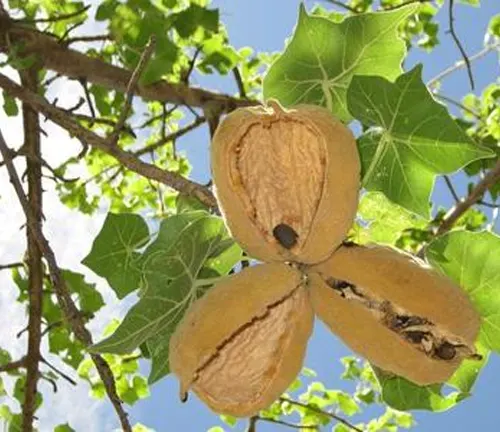
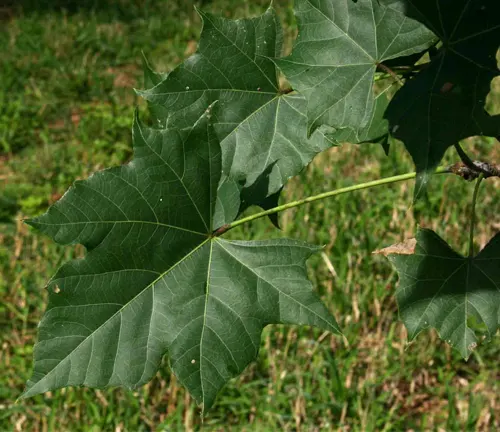
Sterculia Appendiculata
This tree grows taller than S. rogersii, with a larger canopy, providing shade in woodland areas of Africa.
Sterculia Quinqueloba
With five-lobed leaves and broader branches, this species is particularly beneficial for larger animals who take shelter under its canopy.
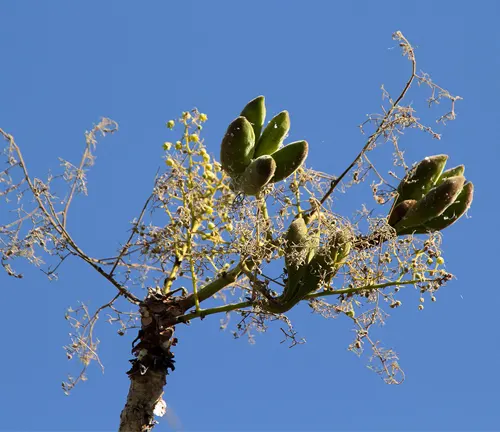
Each of these trees serves a unique purpose in its habitat, from stabilizing soil to providing food and shelter for various species. The diversity within the Sterculia family adds richness to the ecosystems where these trees grow.
Where Do Common Star Chestnut Trees Grow?
The Common Star Chestnut Tree is native to the dry, rocky areas of southern Africa, particularly in regions of South Africa, Botswana, and Zimbabwe. These trees are well adapted to withstand the challenges of arid and semi-arid environments. They thrive in open woodlands and savannas where the soil is well-drained and often rocky or sandy.
Because of their adaptability, these trees play an essential ecological role in stabilizing the soil and providing a habitat in areas where few other trees can survive. They help maintain the structure of their ecosystems, especially in regions prone to soil erosion and drought.
How to Grow and Care for Common Star Chestnut Trees
Growing the Common Star Chestnut Tree requires a bit of knowledge about its native environment. Here’s a guide to cultivating this resilient tree:
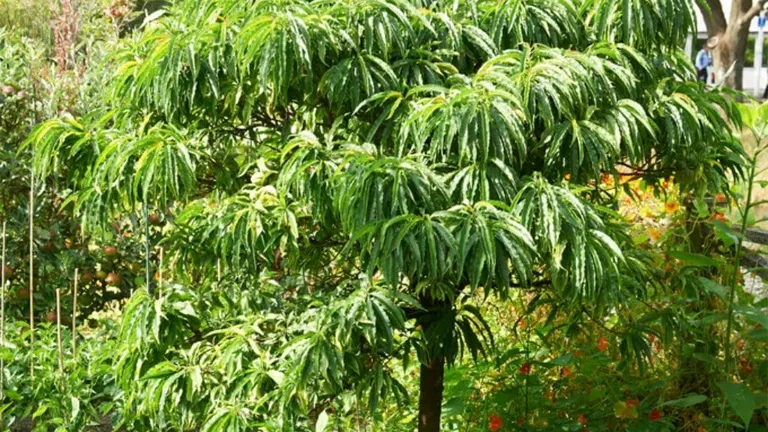
- Soil: This tree prefers well-draining, sandy, or rocky soil, similar to its natural habitat.
- Water: While drought-tolerant, the tree benefits from moderate watering when young to establish its root system.
- Sunlight: Full sun exposure is essential for healthy growth, as it helps the tree maintain its structure and resilience.
Propagation can be done from seeds, which should be sown in a warm environment with ample sunlight. Pruning is generally minimal but may be done to maintain the tree’s shape or remove any damaged branches. This tree is relatively low-maintenance once established, as it naturally resists many pests and diseases.
Ecological Benefits of the Common Star Chestnut Tree
The Common Star Chestnut Tree offers numerous ecological benefits:
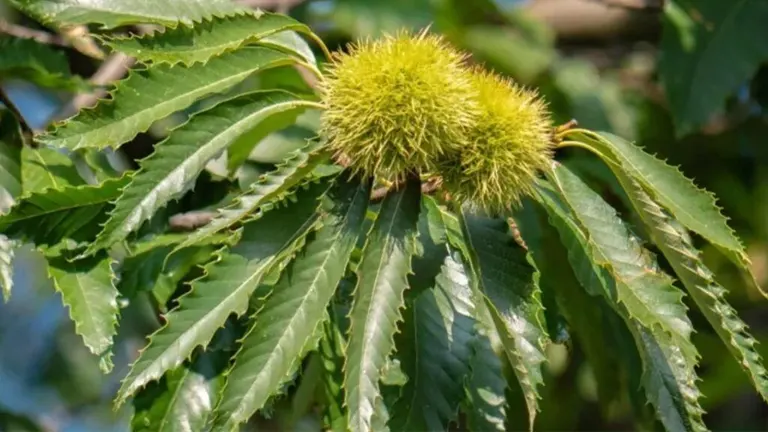
- Soil Stabilization: The roots help bind the soil, preventing erosion and supporting other plants.
- Habitat Creation: The tree provides shelter for birds, insects, and small mammals, fostering biodiversity.
- Soil Health: Fallen leaves decompose, enriching the soil with nutrients and promoting the growth of other plant species.
Common Star Chestnut Tree Flowering and Pollination
The tree produces small, star-shaped flowers that typically bloom during the warmer months. These flowers may be inconspicuous, but they are an important food source for pollinators like bees and other insects. By supporting pollinators, the Common Star Chestnut Tree indirectly aids other plants in its ecosystem, promoting greater plant diversity.
Is the Common Star Chestnut Tree Drought-Tolerant?
Yes, the Common Star Chestnut Tree is highly drought-tolerant. Its leathery leaves and deep root system allow it to survive in low-water conditions. This adaptation makes it an ideal choice for arid regions and gardens in water-scarce areas. For gardeners, it’s important to note that once established, this tree requires minimal watering.
Common Star Chestnut Tree and Wildlife Interactions
The Common Star Chestnut Tree has a symbiotic relationship with local wildlife. Its canopy provides shelter for various bird species, while its flowers attract insects that birds feed on. The tree’s roots also create microhabitats in the soil that benefit insects and small mammals. Some animals may even assist in spreading the tree’s seeds, further supporting the plant’s presence in its native environment.
Final Conclusions
The Common Star Chestnut Tree (Sterculia rogersii) is a remarkable species that showcases the resilience of nature. Its ecological contributions, from soil stabilization to habitat provision, make it a keystone species in its habitat. This tree not only benefits the environment but also serves as a model for sustainable planting in challenging climates. As we work to conserve biodiversity and address climate challenges, the Common Star Chestnut Tree is a reminder of the power and adaptability of nature.
Frequently Asked Questions (FAQs)
- What is the Common Star Chestnut Tree?
The Common Star Chestnut Tree (Sterculia rogersii) is a drought-resistant tree native to southern Africa. It belongs to the Sterculiaceae family and is notable for its lobed leaves, star-shaped flowers, and smooth, peeling bark. - Where does the Common Star Chestnut Tree grow naturally?
This tree thrives in arid, rocky regions of southern Africa, especially in South Africa, Botswana, and Zimbabwe. It’s well-suited to hot, dry climates with well-drained, sandy, or rocky soils. - What role does the Common Star Chestnut Tree play in the ecosystem?
The tree stabilizes soil, prevents erosion, and provides essential shelter and food for various animals and insects. Its flowers support pollinators, helping maintain local biodiversity. - Is the Common Star Chestnut Tree easy to grow?
Yes, it’s relatively easy to grow if planted in well-drained, sunny areas. The tree is low-maintenance once established, needing minimal water and pruning due to its natural resilience. - Is the Common Star Chestnut Tree drought-tolerant?
Absolutely. This tree has adaptations, like leathery leaves and deep roots, which allow it to survive in regions with low water availability, making it ideal for dry landscapes. - How does the Common Star Chestnut Tree support wildlife?
The tree provides shelter and nesting sites for birds, attracts insects with its flowers, and offers food resources to various small animals, enriching local ecosystems and biodiversity.
We hope this guide has offered valuable insights into the ecological role of the Common Star Chestnut Tree. Have experiences or ideas on its conservation? Join the conversation below! Share this guide to help others appreciate native trees and promote sustainability.


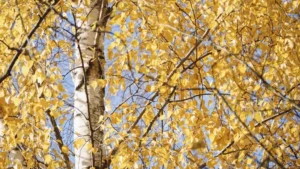
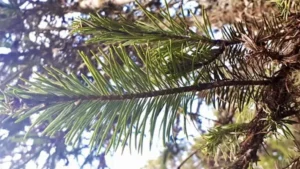
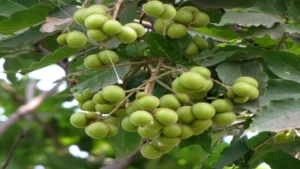
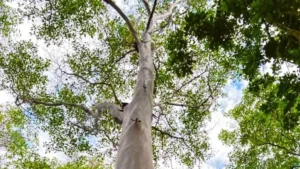

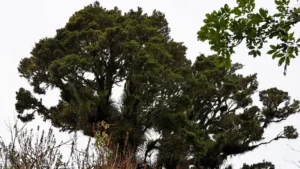
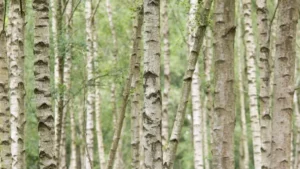
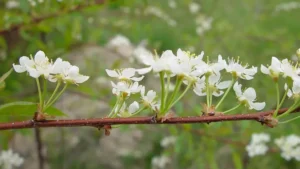

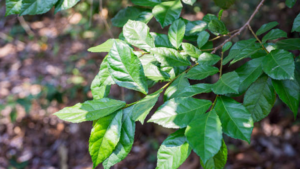
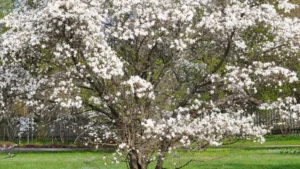
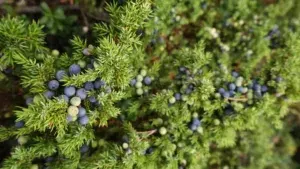
Leave your comment